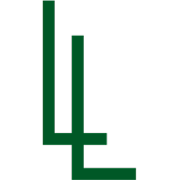DECKING INSTALLATION SYSTEMS
There are mainly two laying systems to fix the decking to the mounting surface.Both must be supported by a substructure made up of a wooden frame on which the deck boards are then fixed, or on aluminium and galvanised iron frames.
TORX STAINLESS STEEL SCREWS (4X50 MM)
This is the most common laying system, allowing the deck boards to be securely and permanently fastened to the frame previously built on the floor.
In addition, this system is suitable for quick and easy inspection and/or replacement.
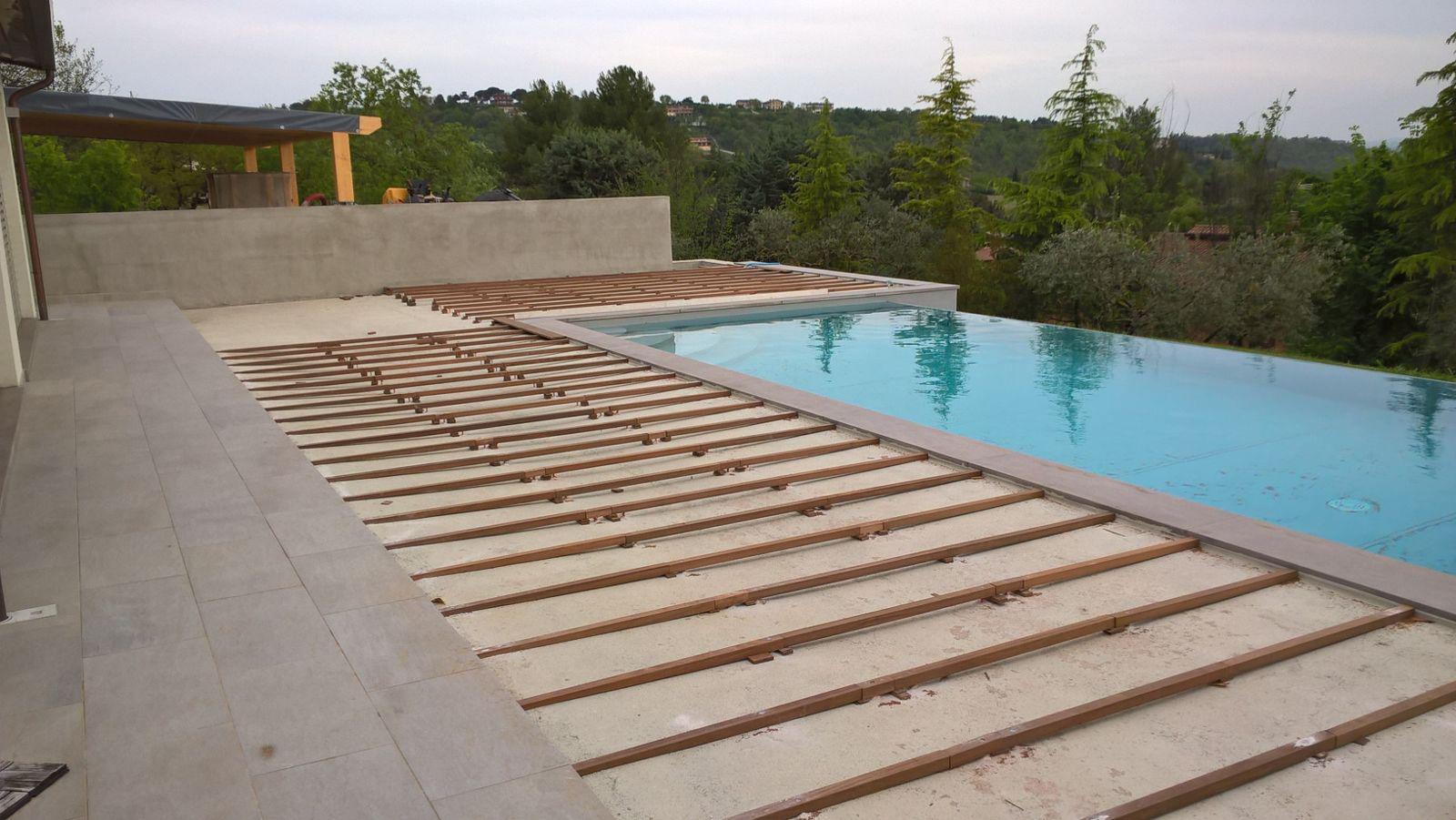
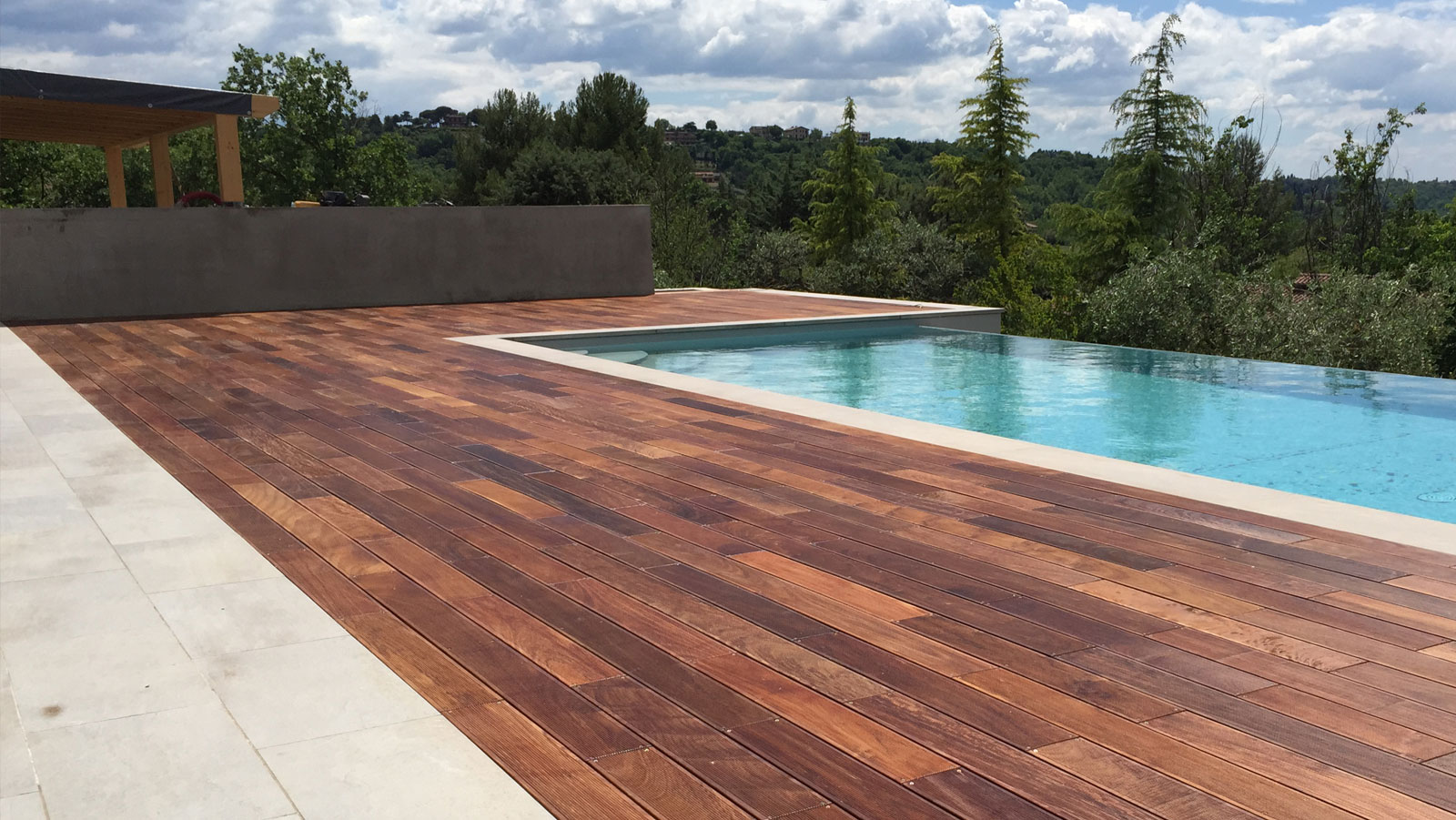
The frame on which the decking is mounted can be anchored to the floor at certain points using simple resins or silicone in the case of sheathing on terraces, or using fischer and foam in the case of concrete floors.
Both the deck boards and the wooden frame must be pre-drilled to facilitate the insertion of screws.
For a perfect visual result, we recommend a gap between the deck boards of less than 3 mm.
Both the deck boards and the wooden frame must be pre-drilled to facilitate the insertion of screws.
For a perfect visual result, we recommend a gap between the deck boards of less than 3 mm.
HIDDEN STAINLESS STEEL CLIPS
This laying system also requires a wooden frame onto which the clips and deck boards are then fixed.
The frame on which the decking is mounted can be anchored to the floor at certain points using simple resins or silicone in the case of sheathing on terraces, or using fischer and foam in the case of concrete floors.
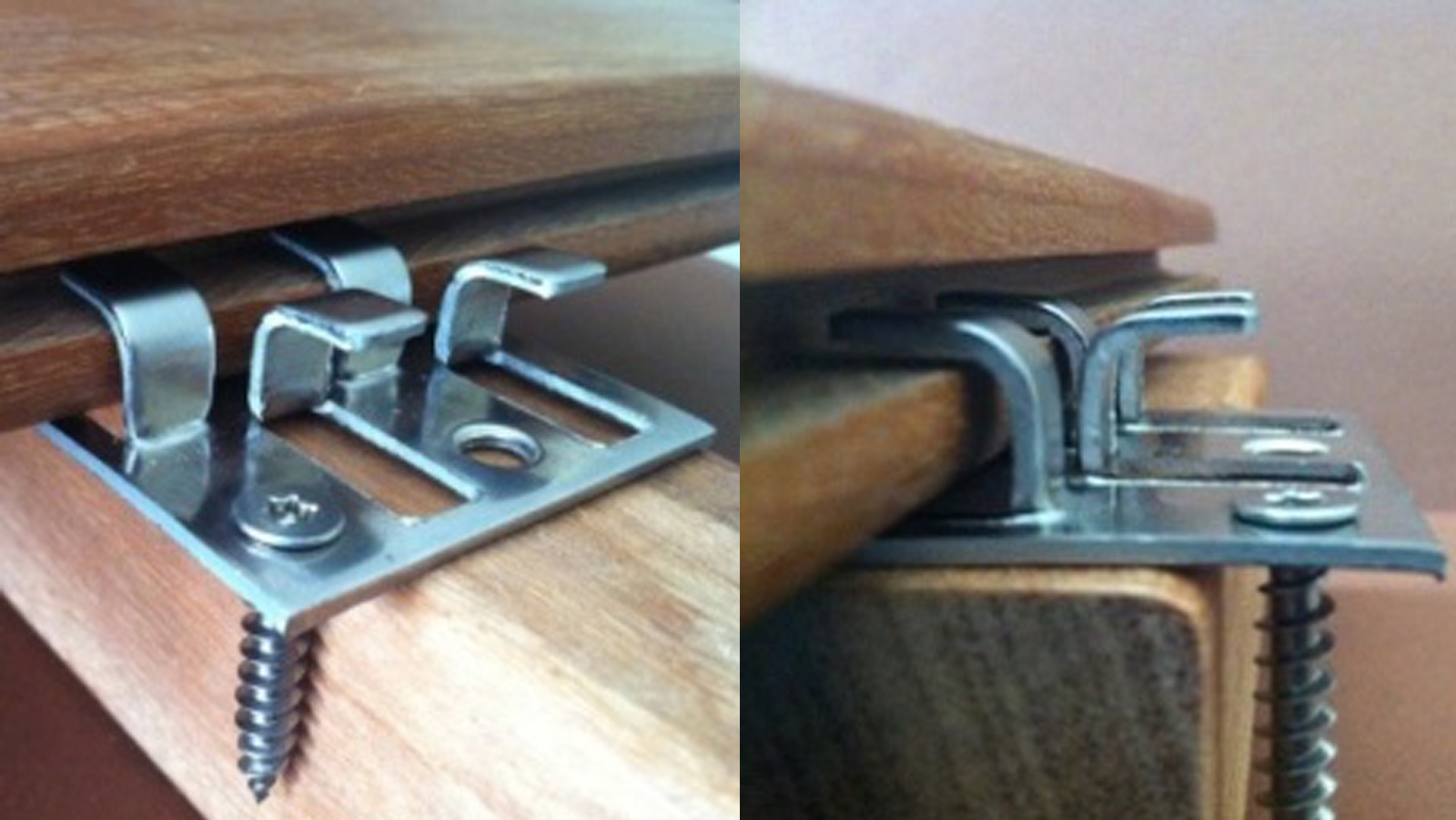
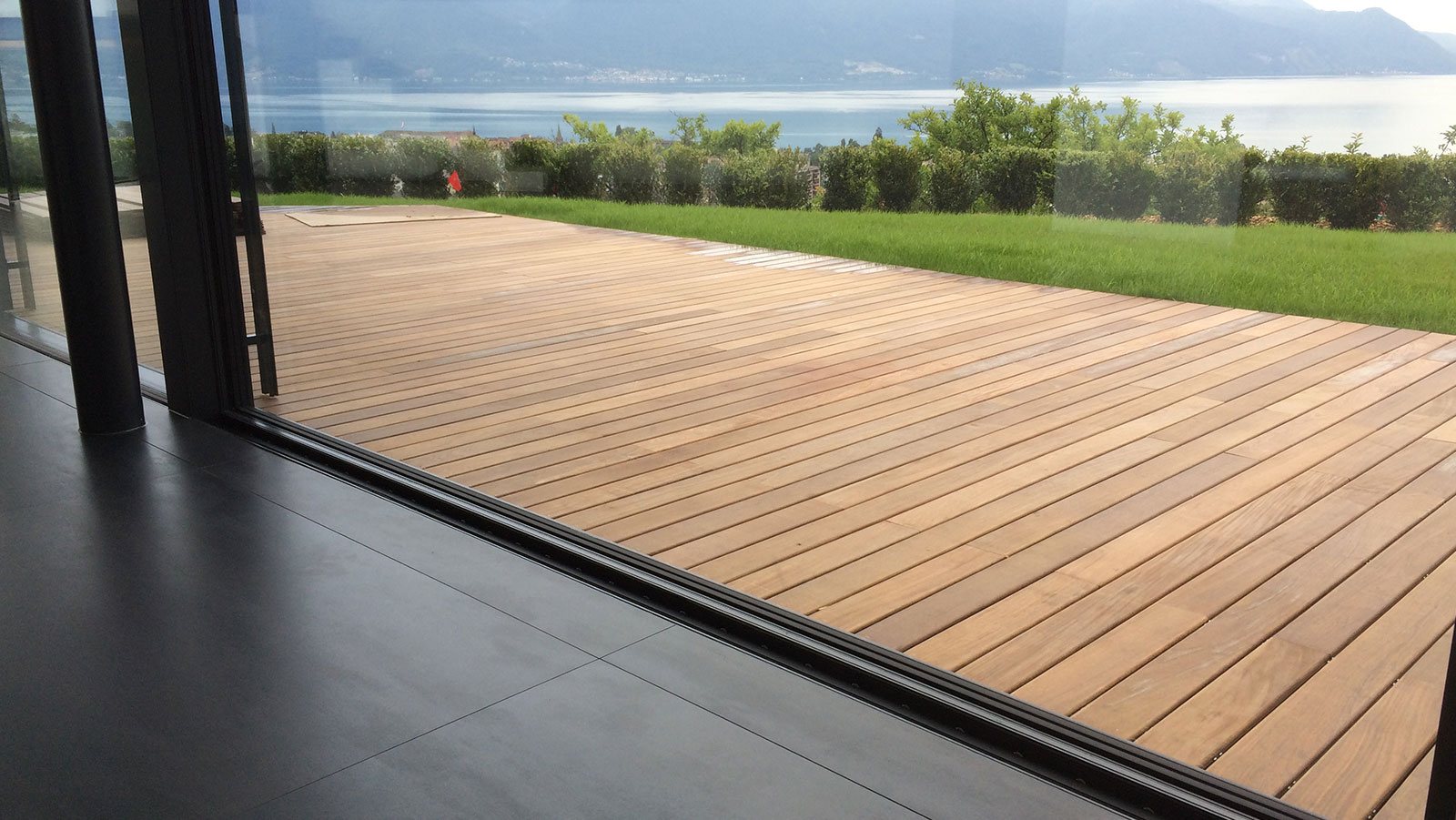
It is absolutely mandatory to pre-drill the frame to facilitate the insertion of the screws supplied with the clips.
The gap between the deck boards is determined by the clip itself and is 4 - 4.5 mm.
The gap between the deck boards is determined by the clip itself and is 4 - 4.5 mm.
MAINTENANCE
As with all woods, light has a bleaching effect and the decking will eventually oxidise completely to a grey colour.
In order to maintain the original colour of the wood, we use transparent water-based wax impregnating agents. They brighten the colour of the wood, do not flake, are resistant to snow, water, sun, etc. They are generally applied twice a year, or at the customer's discretion when required.
On the other hand, if you prefer to let the timber oxidise and turn completely grey (which is very much appreciated for combinations with steel, green grass, white pebbles, stones, etc.), maintenance is no longer required.
To restore the timber once it has been oxidised, it is necessary to use sanders and abrasive brushes to remove the greyness, and then use impregnating agents containing coloured pigments (e.g. walnut) to restore a colour similar to the original one.
Our products have been tested for years and can be supplied in packages to suit your specific needs.
The three stages of timber are shown below: impregnated, oxidised, restored.
In order to maintain the original colour of the wood, we use transparent water-based wax impregnating agents. They brighten the colour of the wood, do not flake, are resistant to snow, water, sun, etc. They are generally applied twice a year, or at the customer's discretion when required.
On the other hand, if you prefer to let the timber oxidise and turn completely grey (which is very much appreciated for combinations with steel, green grass, white pebbles, stones, etc.), maintenance is no longer required.
To restore the timber once it has been oxidised, it is necessary to use sanders and abrasive brushes to remove the greyness, and then use impregnating agents containing coloured pigments (e.g. walnut) to restore a colour similar to the original one.
Our products have been tested for years and can be supplied in packages to suit your specific needs.
The three stages of timber are shown below: impregnated, oxidised, restored.
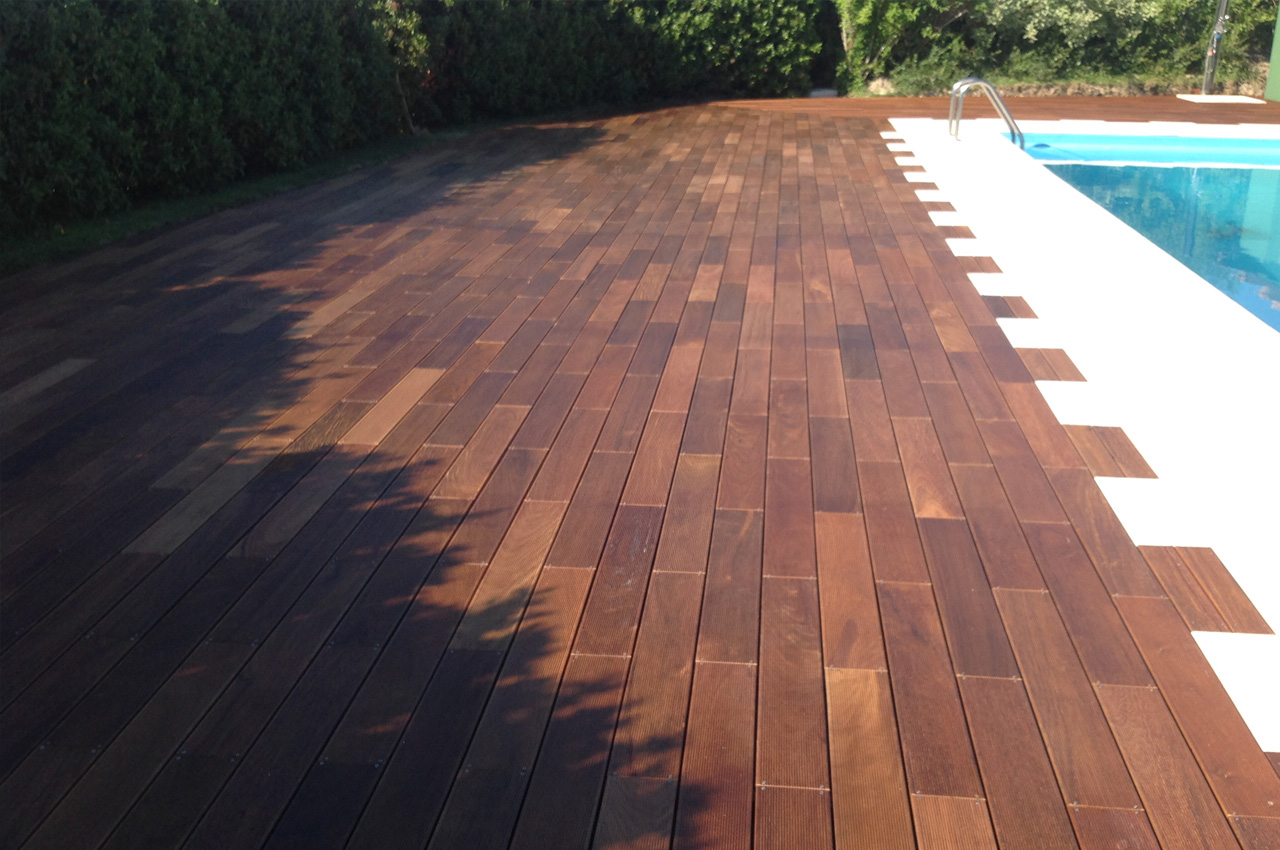
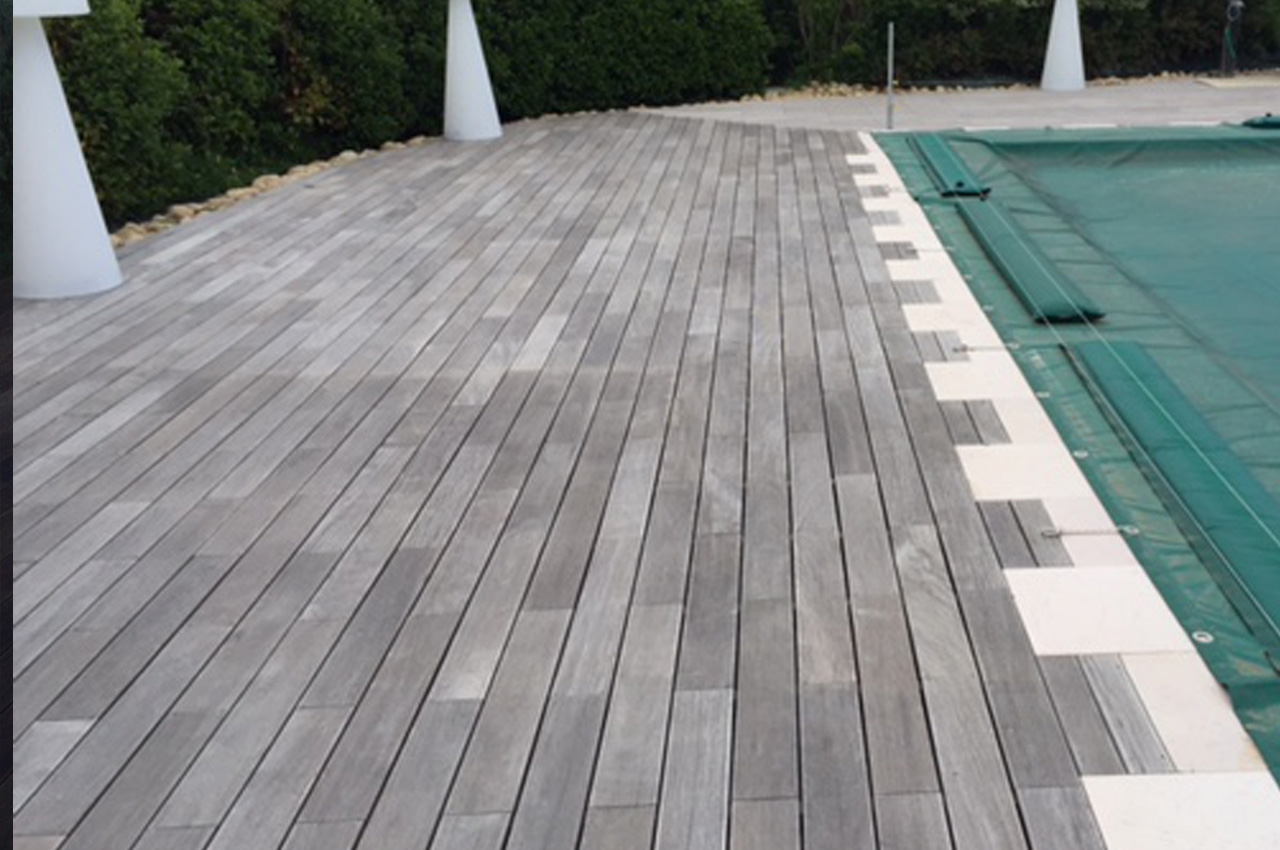
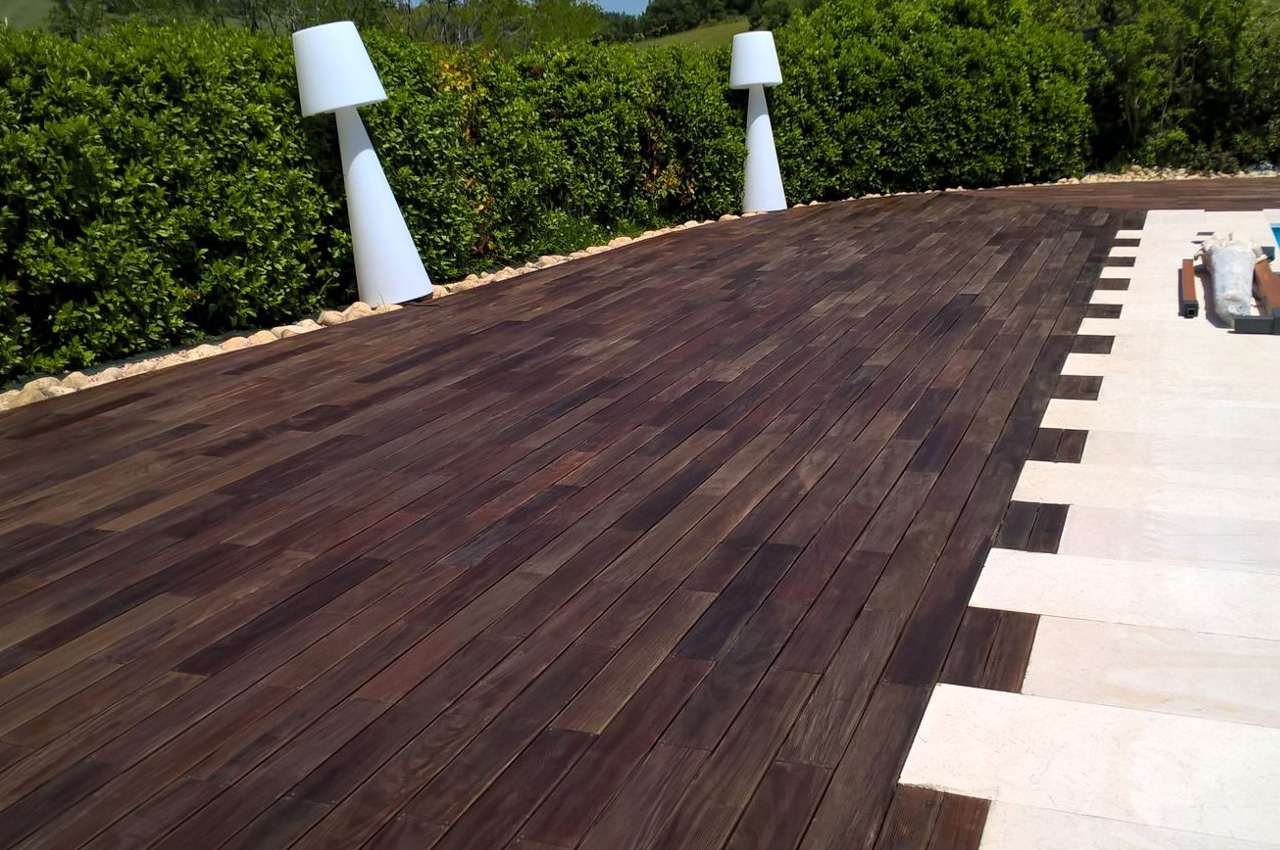
TIMBER MEASUREMENTS
| IPÈ TABEBUIA* | |||||||
| On request : | |||||||
| MASSARANDUBA FSC* | |||||||
| On request : | |||||||
| * deck boards to be headed |

